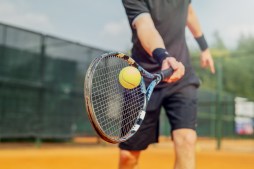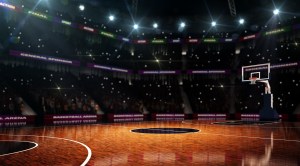The Ultimate Guide to Choosing Soccer Cleats Based on Surface Type
Choosing the right soccer cleats can significantly affect your performance and comfort on the field. With various types of surfaces players encounter, understanding the differences in cleat design tailored for firm ground, soft ground, and turf is essential. This guide will help you navigate the options available and select the best cleats for your playing conditions.
Understanding Soccer Cleats
Soccer cleats are specialized footwear designed to provide traction, support, and comfort while playing. They come in various styles that cater to different field surfaces. The primary distinction between these types lies in their outsole design—specifically, the arrangement and shape of the studs or spikes on the bottom of the shoe.

Firm Ground Cleats (FG)
Firm ground cleats are designed for use on natural grass pitches that are dry and hard. These cleats typically feature a mix of conical and bladed studs that offer excellent traction without compromising mobility. The stud pattern allows players to pivot easily while maintaining grip during sprints or sudden movements. If you play on well-maintained grass fields or during drier seasons, FG cleats are an ideal choice.
Soft Ground Cleats (SG)
Soft ground cleats are specifically engineered for wet or muddy conditions where extra grip is needed. These shoes usually have longer studs that dig deeper into soft surfaces, preventing slipping during play. Soft ground cleats often come with interchangeable studs allowing players to customize their footwear based on changing weather conditions or field state. If you frequently play in rainy weather or on uneven terrain, consider investing in SG cleats.
Turf (Artificial) Cleats
Turf shoes are designed for use on artificial grass surfaces as well as short-pile turf fields. They feature a flat rubber outsole with numerous small studs that provide traction without damaging synthetic surfaces. Turf shoes offer excellent stability and control but lack the depth typical of FG or SG options; thus making them less suitable for natural grass fields but perfect for multi-sport synthetic facilities.
Making Your Choice: Tips to Consider
When choosing soccer cleats based on surface type, consider factors such as personal comfort, foot shape, playing style, and frequently used pitch conditions. It’s also wise to try different brands since sizing can vary widely between manufacturers—what fits perfectly from one brand may feel uncomfortable from another. Always prioritize a good fit over style; proper foot support can enhance both your performance and reduce injury risks.
In summary, selecting the appropriate soccer cleat type based on surface is crucial for optimizing your game experience. Whether you’re playing on firm ground with FG cleats, navigating muddy pitches with SG options or dominating artificial turf using specialized turf shoes—having the right footwear will ensure you perform at your best no matter where you play.
This text was generated using a large language model, and select text has been reviewed and moderated for purposes such as readability.











